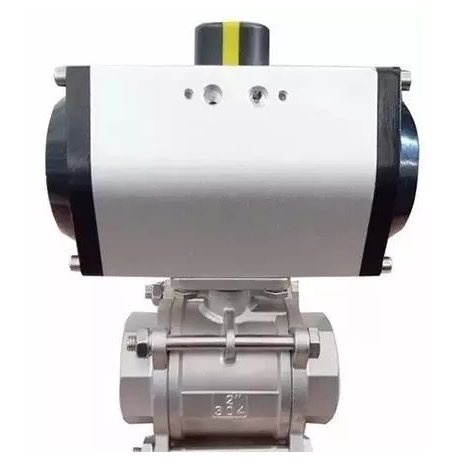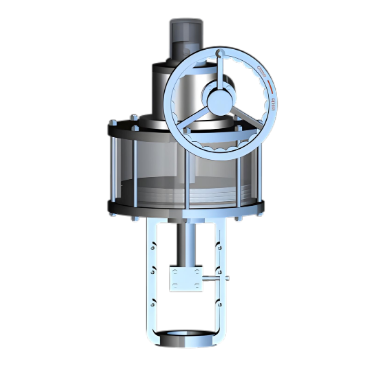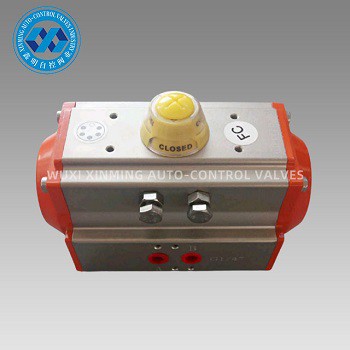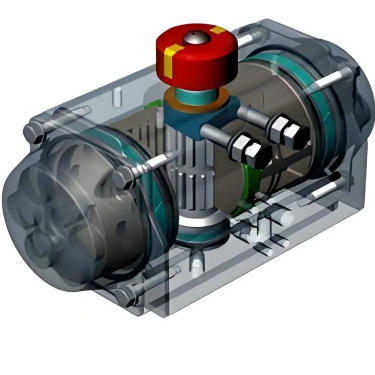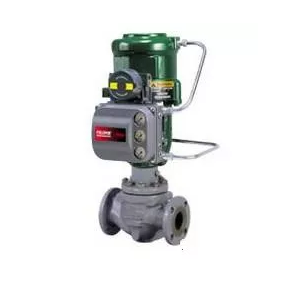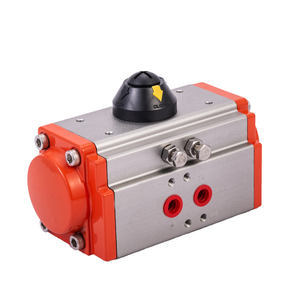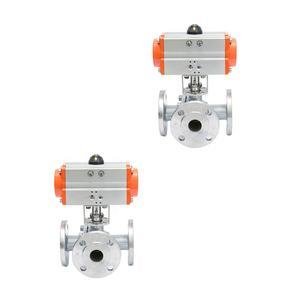90 - degree pneumatic actuators offer
flexibility in operation, being configurable for both double - acting and
single - acting modes.
Double - Acting Operation
In double - acting mode, compressed air is
supplied to both sides of the piston or vane within the actuator. When air
enters one side of the piston, it forces the piston to move, rotating the
output shaft connected to the valve or other mechanism through a 90 - degree
arc. To reverse the rotation, air is then directed to the opposite side of the
piston. This setup allows for rapid and precise control in both opening and
closing directions. In applications like oil and gas pipelines, where quick and
accurate valve operation is crucial for safety and efficient flow control,
double - acting 90 - degree pneumatic actuators are often used. They can
respond rapidly to changing process conditions, ensuring that valves can be
opened or closed in a timely manner.
Single - Acting Operation
Single - acting actuators, on the other
hand, rely on compressed air to move the piston or vane in one direction only.
A spring or other mechanical return mechanism is used to bring the actuator
back to its original position. When air is supplied, it pushes the piston to
rotate the output shaft. Once the air supply is cut off, the spring forces the
piston back, rotating the shaft in the opposite direction. This mode is
suitable for applications where a fail - safe position is required. For
example, in fire - protection systems, single - acting actuators can be set up
so that in case of a power or air - supply failure, the valves return to a pre
- set position, such as closed, to prevent the spread of fire or the release of
dangerous substances. Overall, the ability to configure 90 - degree pneumatic
actuators in these two different modes makes them adaptable to a wide range of
industrial needs.
If you want to learn more about low-priced products, please visit the following website: www.xm-valveactuator.com


